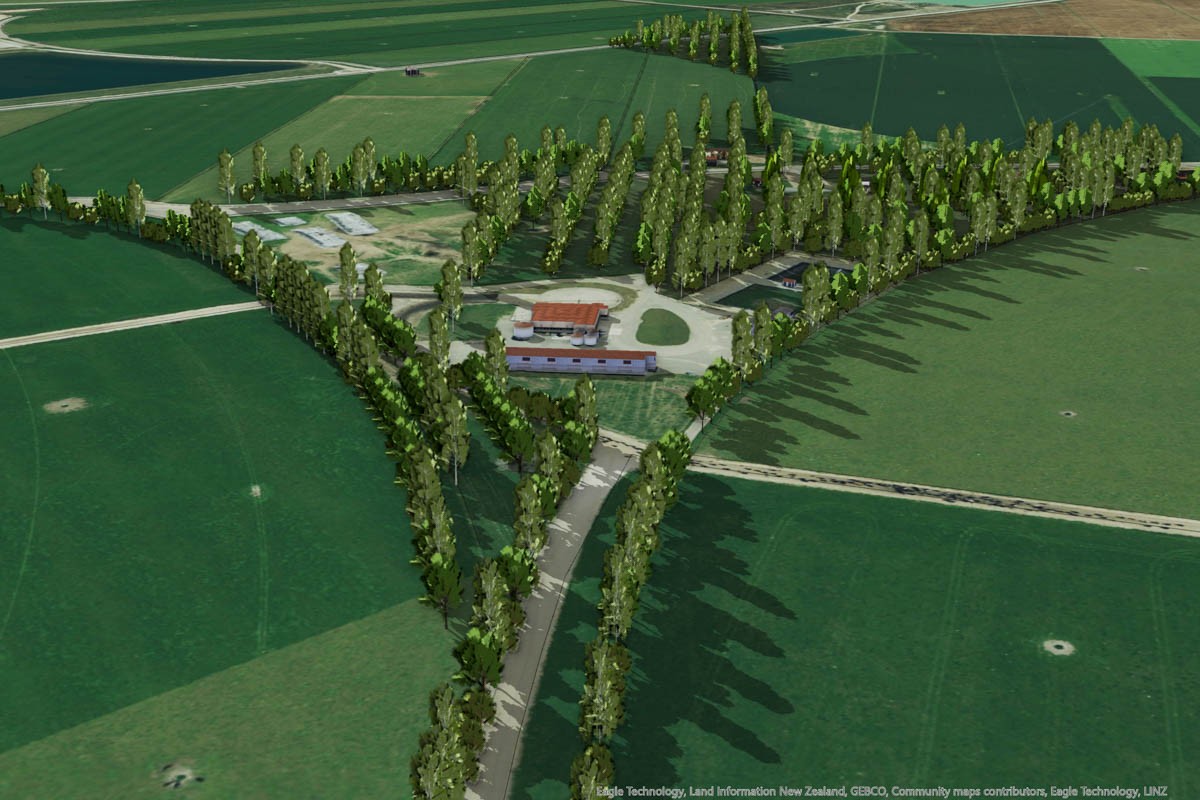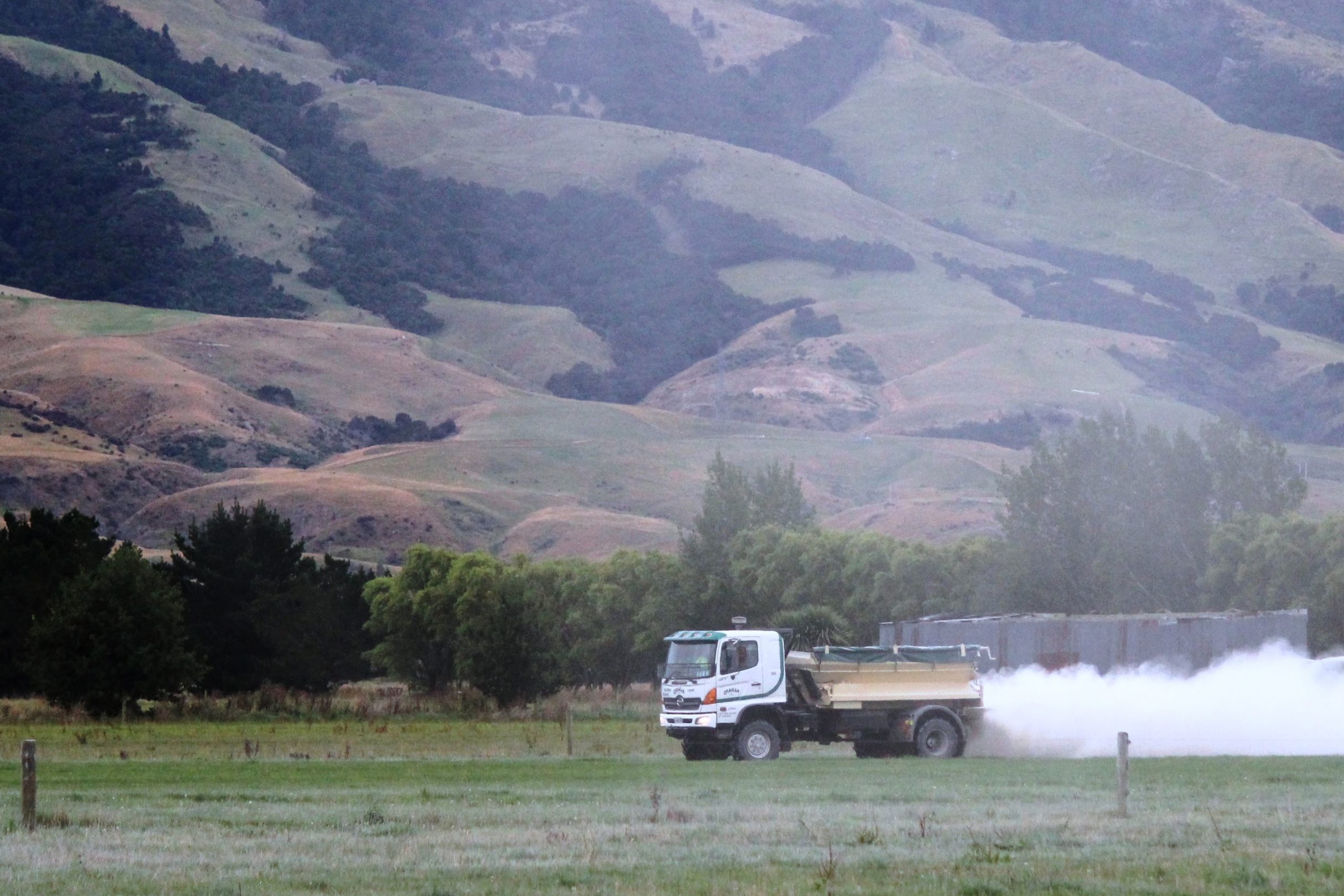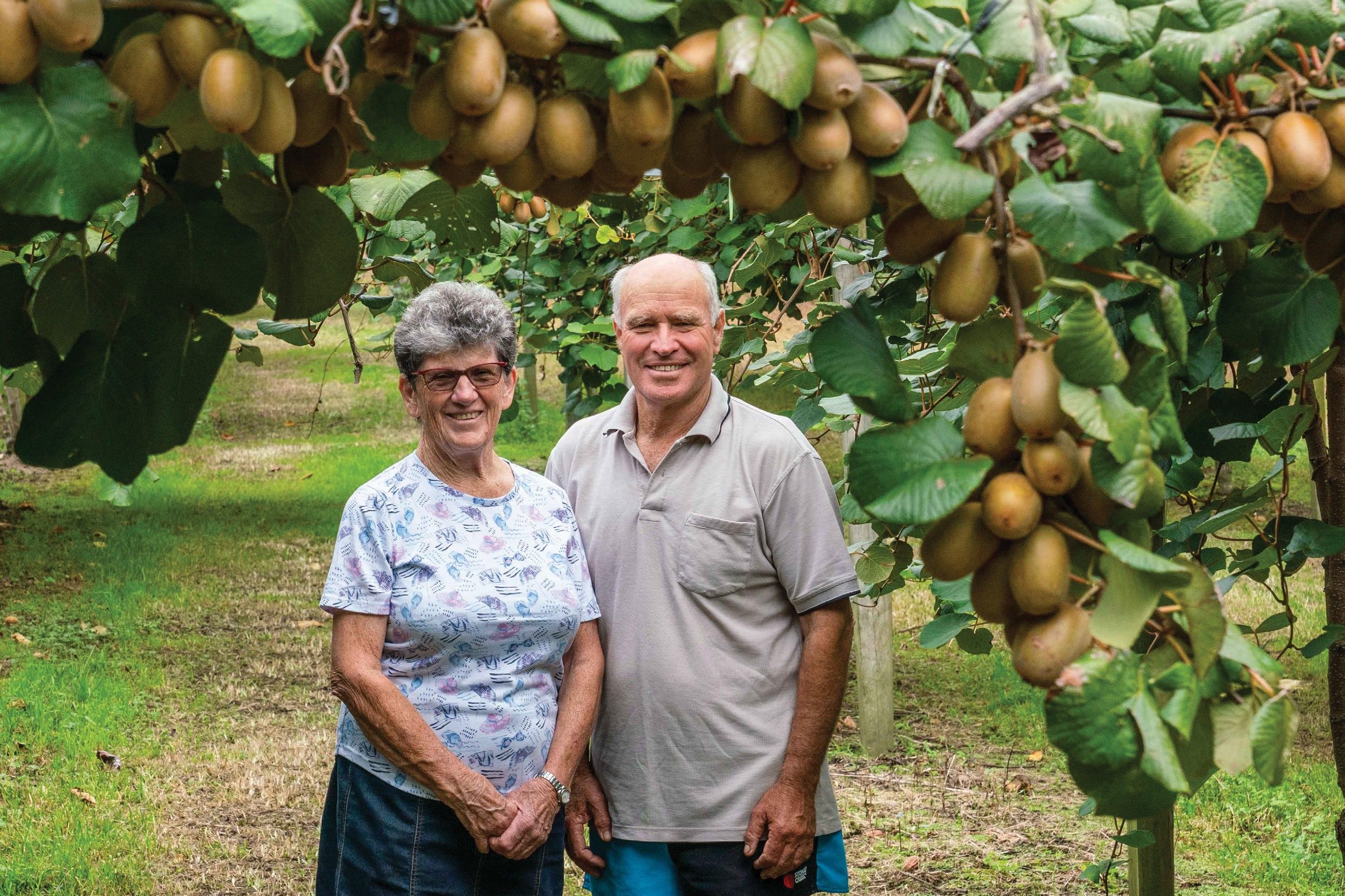Are you getting the best out of your soil? This time of year is a good time to check what’s beneath your feet, Euan Lock writes.
We all know quality soil is the key driver to optimising pasture and crop production, but with a busy life onfarm, it can be easy to overlook that this valuable resource must be nurtured in order to preserve it.
Now is a good time to check the condition of your soil to optimise pasture and crop production before you begin resowing summer crop paddocks into perennial pasture over the next month or so. Have you previously noticed new pastures sown into cultivated paddocks struggle to persist, pull out, or pond water in wet conditions?
This could be the result of damage to soil structure that has occurred on ash, sandy loam, clay and silt soil types that have been ploughed and power harrowed during crop establishment.
The power harrow, in particular, creates a fine seed bed, but in the process pulverises soil structure, damaging life in the soil.
This can result in soil that is hard, compacted and layered.
When dug up, pieces of soil are solid and hard to break.
Roots struggle to penetrate the hard layers, which get even harder during dry conditions in summer and early autumn.
Ryegrass can’t grow roots deep enough to get water further down the soil profile, they struggle to survive and easily pull out, as seen in this image.
In contrast, soils that have been uncultivated for a long time, more than 20 years, and grazed by livestock, develop very good soil structures, providing they are not badly damaged by pugging and compaction during grazing in wet conditions.
A paddock that has not been cultivated for a long time, shows soil that is porous, plants that are deep-rooted, no hard lumps, and soil structure and biology are intact. This type of soil crumbles into fine particles if dropped on the ground. We should all be aiming to have, and keep, soils in this optimal condition.
The best alternative to cultivation is no tillage, cropping and regrassing. Pastures that have been uncultivated for a long time make a very good seed bed, ideal for direct drilling new pasture or crops.
There are farmers successfully growing maize, chicory and brassicas using no till methods. It is important to follow guidelines from seed company representatives on successful practices to fertilise your soils or minimise pests.
If you’re unsure where to start when it comes to assessing the condition of your soil, there are some great visual soil assessment guides available online. One I recommend is on the Bioagrinomics website.
But if you’re more of a video person, check out Barenbrug Agriseeds video ‘Soils been pugged or overworked’ on their Facebook page.
For more information on how to get the most from your pasture and crops, visit dairynz.co.nz/pasture-management.
Euan Lock is a DairyNZ consulting officer based in the Waikato





